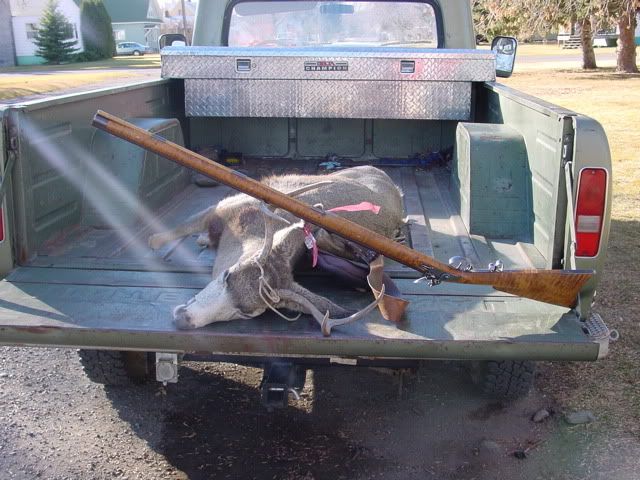crockett said:
Jstraw- a couple of different things going on here, so....
1. On the Hawken, one of the first mountain man era Hawken rifles went with Ashley on his first trip up the Missouri- I think that was 1822-(it was lost when the boat sank), but I believe it was a percussion lock. I
1) Not according to Ashley - he stated years later that he had used percussions but little... by that time
2) While the percussion system dates to 1807, the percussion cap does not appear in the record until the mid-1820's - it was not patented until 1822, the same year Ashley went west.
"In 1827 the AMERICAN SHOOTERS MANUAL noted that eastern sportsmen were almost exclusively using shotguns fitted with precussion locks, and by 1830
many eastern guns, regardless of type, employed the percussion system."
3) Both Sam and Jake made flint lock rifles - the existing ones are mostly Maryland style rifles, although as Dna pointed out above the Smithsonian Mtn Rilfe made by Sam defintiely began life as a flint lock and it dates from the mid-1850's.
4) A correction to Steve's post above, - Jake didn't get to St Louis until 1818, Sam arrive in 1822, and they became partners in mid-1825, a parnership that lasted until Jake's death in mid-1849.
5) re: Dr Hanson - which one? If Charles he contradicts himself several times in his Hawken book and was on a bit of a vendetaa aginst the rising price of original Hawkens. Jim Hanson notes that NO Sam Hawken ever made it to rendezvous - a comment without basis in fact (only conjecture?) since Sam was in business for almost 3 years prior to his joining his brother Jake. In a letter by a member of the AFCo in 1822 he notes that EVERY gunsmith in St Louis was busy supplying the first Ashley/Henry Expedition and Sam reputedly built at leat the one rifle for Ashley himself. I do have respect for the Hanson's research but they are far from "gods" and like most writer's there research can be "colored". i.e the Sam Hawken pre-1825 flinter that is pictured in the Hanson Hawken book is noted as "probably" having been made in eitehr Ohio or Md, but could just as well have been built by Sam in his early St Louis days.
Also the Hanson Hawken book is dated (still a good refence but like all it needs to be cross referenced)- for instance just a few short years after publication came to light that Etienne Provost purchased rifles from the Bros Hawken in 1828 and Ken McKenzie the factor for Ft Union bought some in 1829 after seeing the Provost rifles.
6) There is a lot of mis-conceptions out there by even the experts on Hawken family - Several members, including Jake and Sam, were making guns in the east and mid-west before the percussion cap was introduced.
Also the Jake and Sam Hawken mtn rifle did not spring full-blown out of the ether. It developed over time and that can be seen when you do the in depth research - i.e compare say the so-called Peterson J & S rifle to the later Sam Hawken rifles that are the most commonly known and reproed. All can be seen via the BBHC old site.







